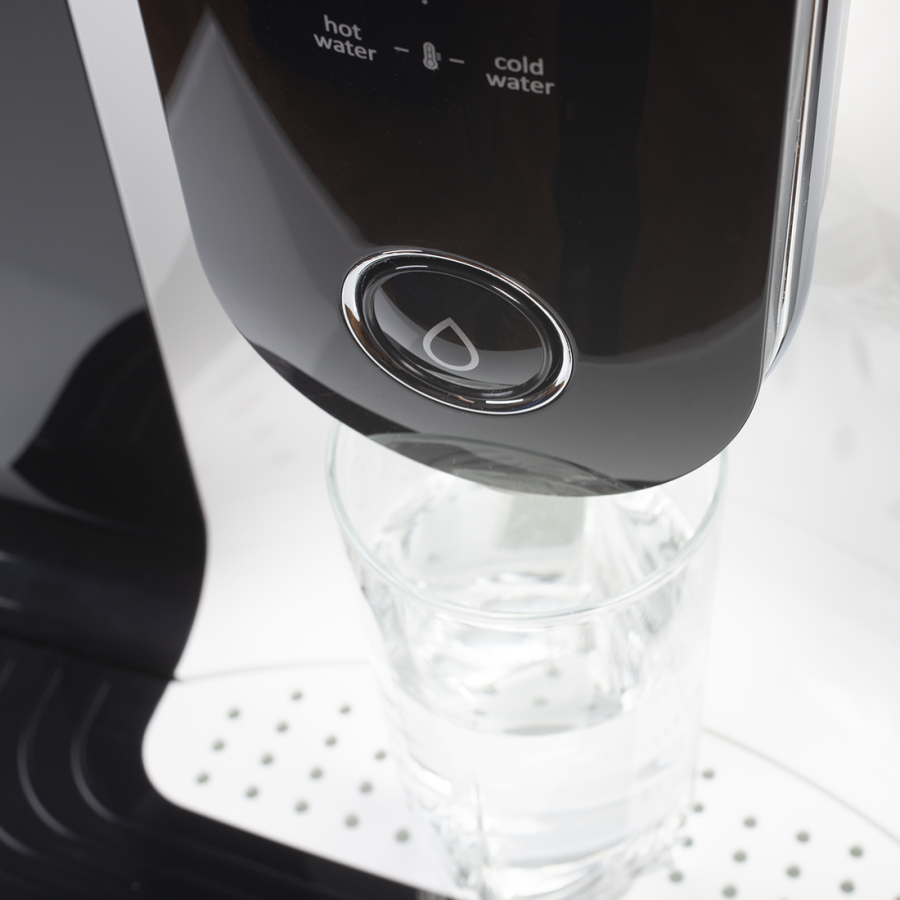Water is the main component of the human body. It is essential for its proper functioning. Therefore, we should have easy access to clean and healthy water both at home and at work. Water dispensers are becoming an increasingly popular alternative to water in plastic bottles. In this article, we indicate the most popular types of these devices along with a description of how they work. We recommend selected dispenser models ideal for home and office use.
The water we drink should be free of contaminants. The substances that most often contaminate it are pesticides, detergents, chlorine, fluoride, dyes, phenols and heavy metal ions. And although the water in our taps is drinkable, it is worth subjecting it to additional filtration. Drinking water dispensers can help us with this task. These devices work in a very simple way. Depending on the type of dispenser, the water is drawn from the mains or from a reservoir. Before it reaches the tap, it flows through a filter that removes impurities. At the push of a button or the turn of a tap lever, clean and filtered water comes out. Using water dispensers helps to reduce the amount of plastic used, is convenient for the user and, in the long run, saves time and money.
Adequate hydration improves well-being and productivity and reduces the risk of heart disease, atherosclerosis, diabetes, among others. Employers are obliged to provide employees with drinkable water. Constant access to fresh and clean water in the workplace is not only the employer's responsibility, but also a factor that contributes to better efficiency of the entire team.
Water dispensers are an excellent choice for those who prioritise health, convenience and ecology. Here are some of the most important arguments for equipping your office with a water dispenser:
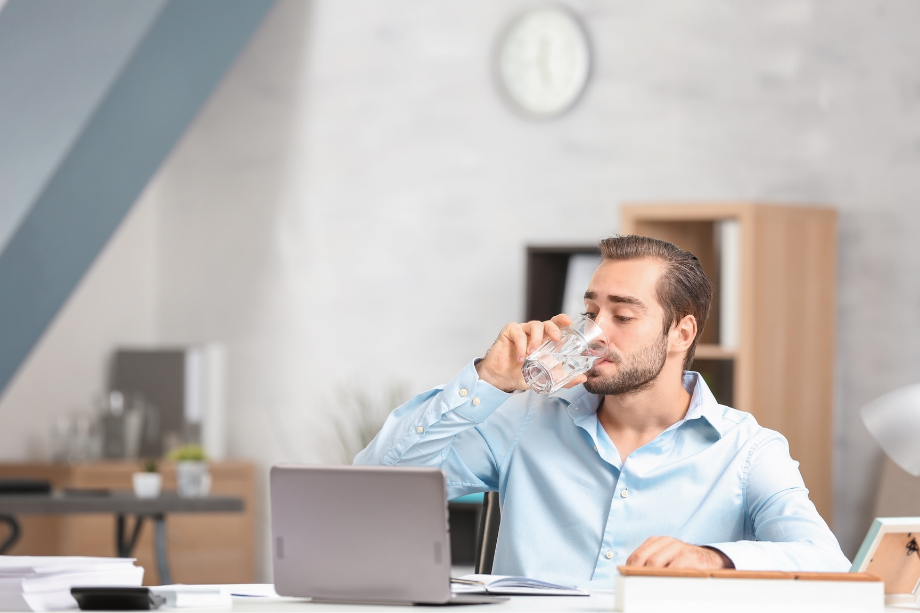
Modern water dispensers provide clean drinking water and great-tasting beverages. Initially, they were mainly used in companies and public facilities. Nowadays, they are also becoming increasingly popular in homes. Here are the most popular types of water dispensers, which differ in their mode of operation and construction.
Operating bottleless dispensers is extremely convenient. There is a choice of models with a water container and those that can be connected to the mains water supply. Thanks to them, the problem of frequent bottle changes and, consequently, the storage of environmentally harmful plastic disappears. Bottle-free dispensers are most often equipped with multi-stage filtration systems that ensure excellent water quality and improve the taste of the water.
Countertop dispensers are modern appliances that work well in offices, meeting rooms, waiting rooms and also in homes. They take up little space, which is especially important for small social and kitchen areas. The dispensers are safe to use. They have safeguards against the accidental activation of hot water and leak detectors with anti-failure protection.
Their appearance is similar to that of automatic coffee machines, so they can be an interior decoration. Also worth mentioning are the numerous water serving options. Not only do the dispensers serve water free of contamination, they also serve it at different temperatures - cold, hot and warm. In workplaces, they can eliminate the need for electric kettles. Some models are equipped with a water mineralisation option.
In this type of dispenser, the base of the unit is usually mounted in a cabinet under the sink and connected by hose to the single tab. It is necessary to choose a suitable kitchen tap with which to turn on filtered or unfiltered water. The most common are taps with two single-lever handles or taps with a touch panel. These types of taps can be installed in a cut-out hole in the sink or on the countertop. The installation of under-counter dispensers is done in homes, offices and catering facilities alike.
For water purification, under-counter dispensers use classic filter cartridges that take a few moments to replace. The filters retain microbiological impurities down to 0.5 microns in size, without reducing the content of minerals valuable to the body. The carbon blocks used in the filters eliminate substances that are responsible for the turbidity of the water. Filtered water is odour-free.
Bottle-free free-standing dispensers are also growing in popularity. Elegant column-shaped units with a display look great in modern office spaces. Free-standing dispensers require a connection to the water mains. The various models differ in their delivery capacities for chilled and hot water. They are equipped with two taps (one for cold water and one for hot water) and a tray with a place to put the cup. Most models also offer water temperature control, anti-scalding protection and a UV lamp for maximum hygiene and protection against germs.
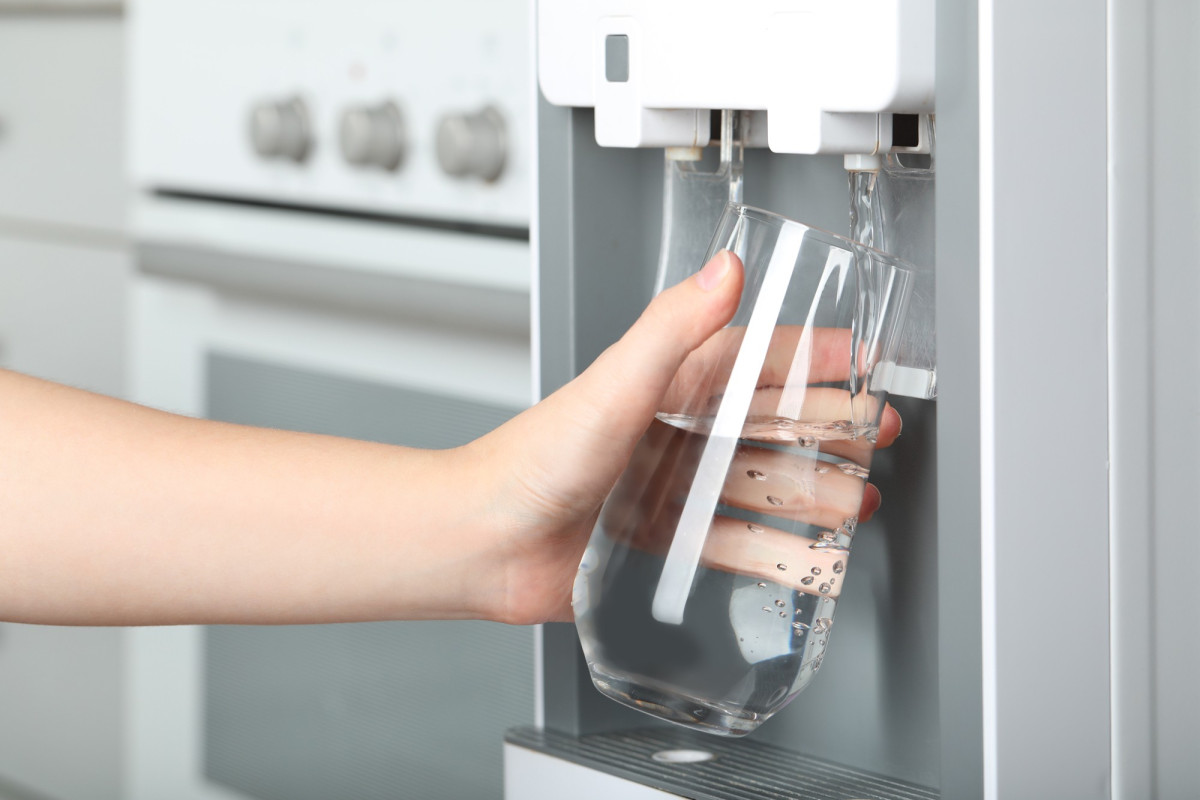
Bottle dispensers are one of the most popular types of water dispensers found in many workplaces. The devices provide hygienic drawing of water from large bottles, which most often have a capacity of 18.9 litres or 11 litres. The biggest disadvantages of these dispensers are the need to ensure regular water supply and the problem of replacing a bottle weighing almost 20 kg. Here are the most commonly used dispensers of this type:
By connecting to the mains, they offer both hot and chilled water for direct consumption. Electric cylinder dispensers can be:
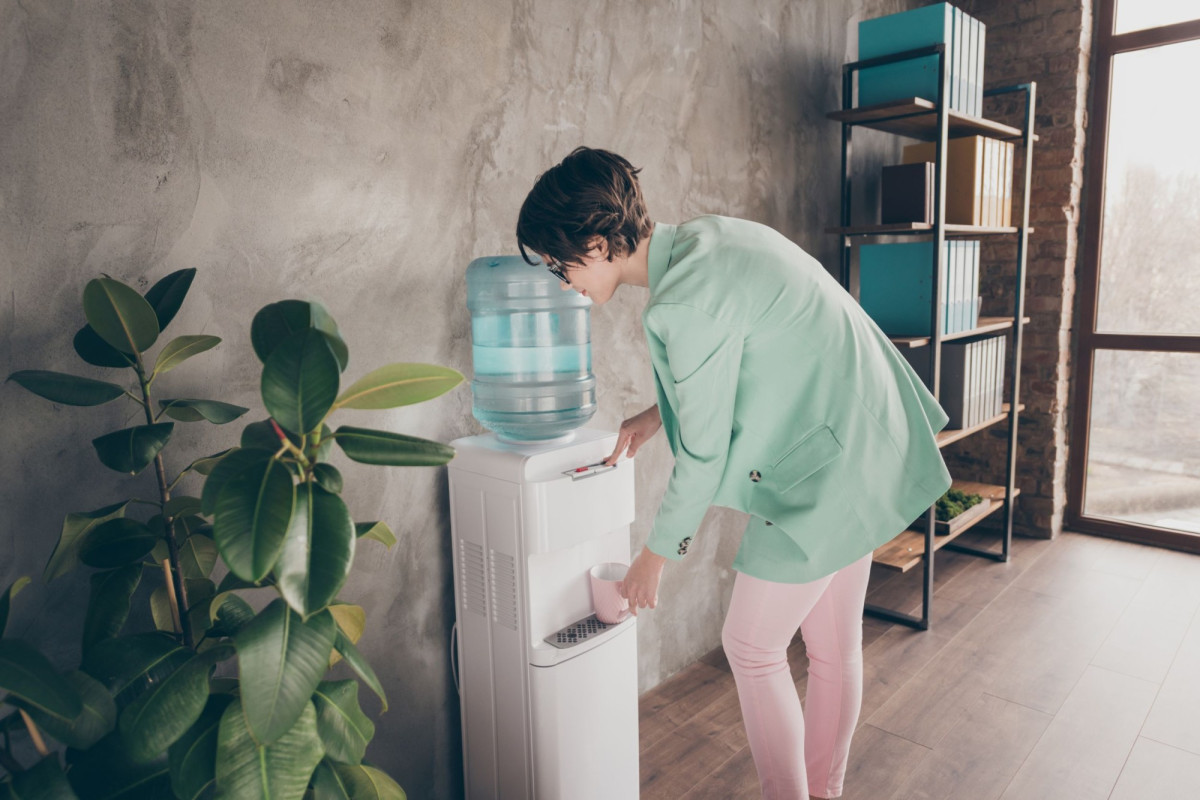
Mechanical bottle dispensers are a low-cost and effective alternative used in areas where there is no need to serve chilled or hot water immediately, e.g. small offices, educational establishments. They can come in the following forms:
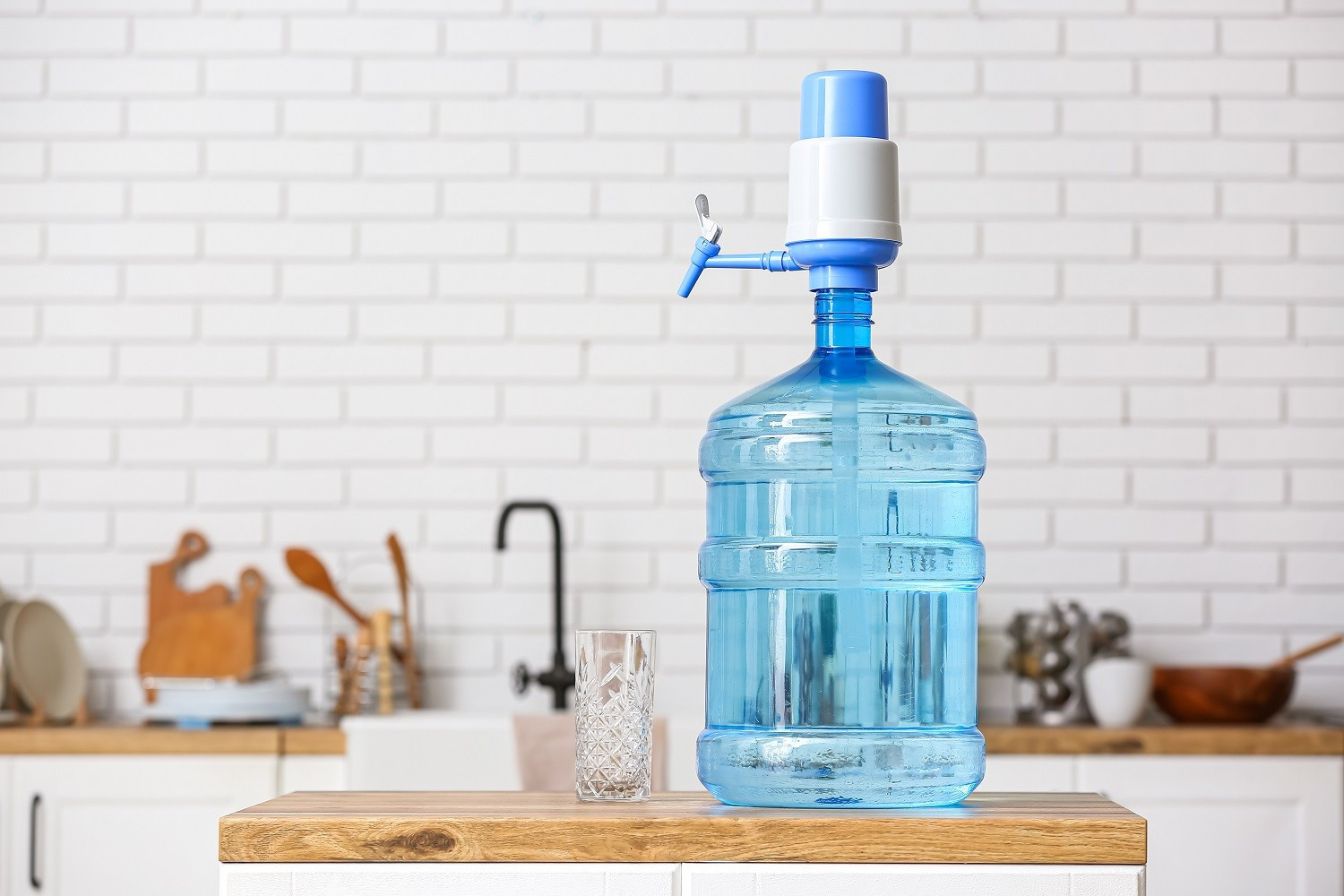
Below is a selection of recommended water dispensers. Each model is characterised by high quality workmanship and provides instant purification of drinking water from harmful substances.
The OPUS Miraqua Alfa is a countertop water dispenser that filters, mineralises and heats water to 100°C in just three seconds. The device catches the eye with its colour touchscreen, where we can select one of the six proposed water temperatures. This elegant and easy-to-use model does not require a connection to the mains water supply. The dispenser is equipped with a double tank - for clean water with a capacity of 3 litres and waste water with a capacity of 1 litre. In its daily operation, it uses the most perfect filtration technology, i.e. reverse osmosis. This ensures that the water is effectively purified from sand, chlorine, rust and other harmful compounds. In addition, it is also enriched with minerals valuable to the body in the form of calcium, magnesium, sodium or potassium.
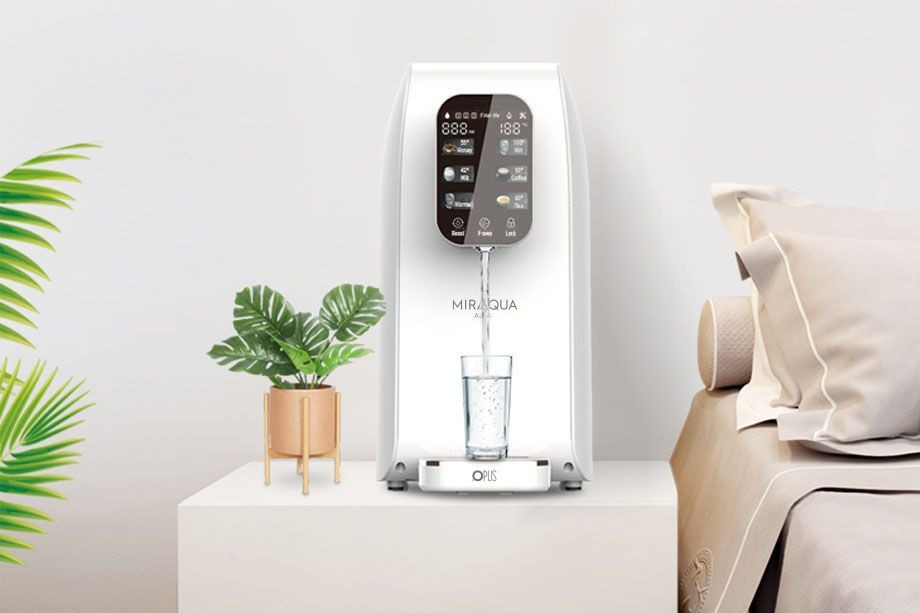
The OPUS Miraqua Yota is a countertop dispenser with a double tank: the clean water chamber has a capacity of 6 litres and the waste water chamber has a capacity of 2.5 litres. This model also does not require a connection to the mains water supply. It uses reverse osmosis, a filtration method that effectively purifies the water from particles and bacteria. Its efficiency and convenience are ensured by the following equipment:
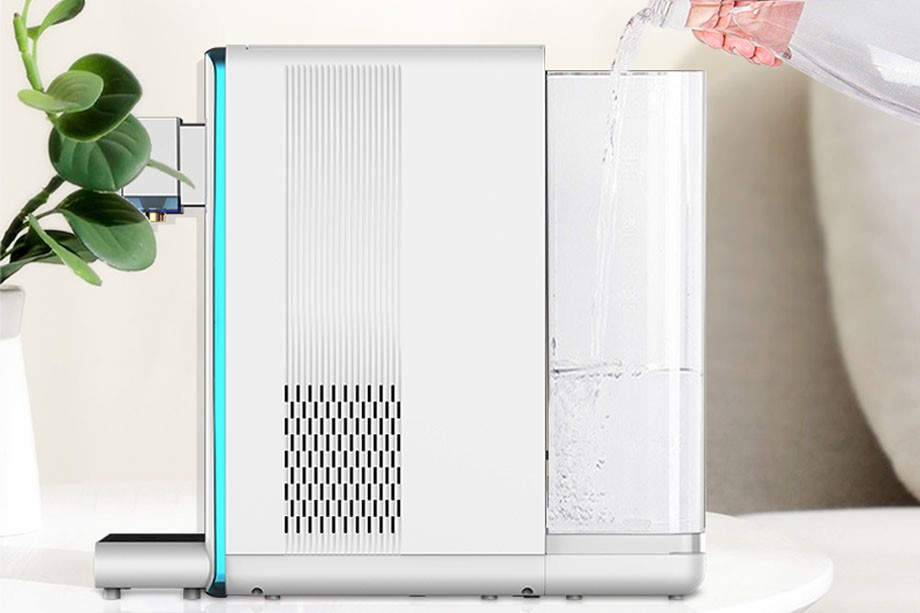
The Coway Thermal Spring CHP-250 is a proposal from a Korean manufacturer of air purifiers and water filtration systems. The dispenser requires a connection to the mains water supply. It serves filtered water in three variants: cold, hot or at room temperature. Excellent water quality is achieved through reverse osmosis. The filters remove solid particles, heavy metals, viruses and bacteria from the water, improve its taste and enrich it with calcium, magnesium and potassium. The dispenser is equipped with a multifunctional tap that can operate in two modes - continuous water intake or dispensing water in a set amount of 120, 200 or 300 ml. An additional advantage is the hot water dispensing lock, which protects us from scalding. The safety and quality of the dispenser have been confirmed by the PZH (National Institute of Hygiene) certificate.
